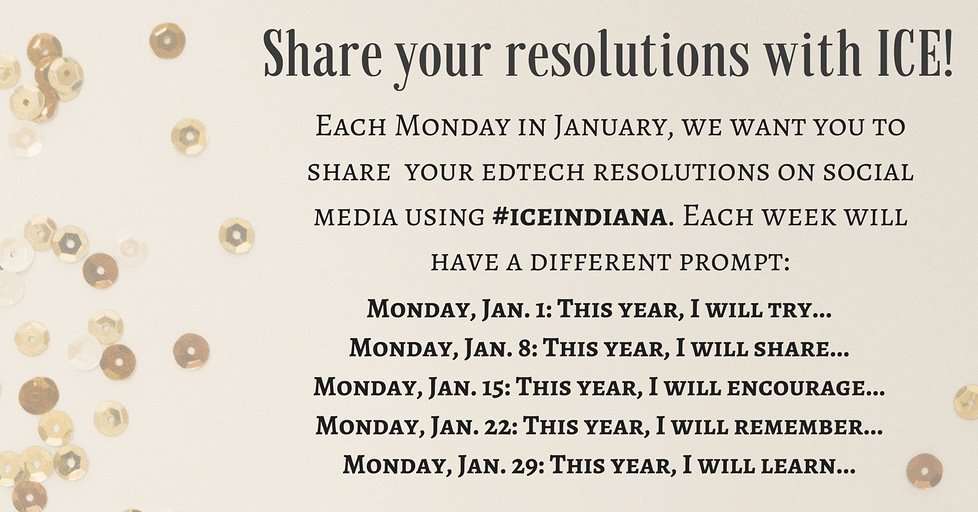There is much to be said for making a principled stand, especially in hostile territory.
There’s also much to be said for considering the possibility you might be missing something.
Basketball officiating is a rough job. In my state we’ve had a spate of veterans hang up the whistle recently, with not quite enough youngins coming up behind them. And that’s no surprise: bad pay, no home games, no appreciative crowds, not only is everyone your enemy, but everyone thinks they can do your job better than you. And God help you if you are indecisive or easily intimidated.
I’ve heard stories of young officials in their first-ever game handing out a technical foul to a veteran coach just to prove that they can’t be pushed around. Word travels fast. Every official has to earn his cred, with players, fans and coaches. The visuals are a big piece of that.
Friday night in an intense, fast-paced, physical game, I saw a relatively young official stand his ground on a game-changing call. It turns out, based on video, he was exactly…. wrong.
That was a last-second shot in overtime by Valparaiso to win a game on the road. Only problem was, the shot came after the buzzer. Shouldn’t have counted. I had the play-by-play call on the game, and that’s how I described it in real time on the air. I was as stunned as the Merrillville fans and coaches when the official emphatically signaled the basket good.
The official was roundly criticized online for missing the call. And it’s true. He blew the call. Thing is, he called what he saw. His right arm went up (signaling shot attempt) as the player pulls the trigger on the shot. Once it went in, he had no choice but to call it good. Technically speaking, in the heat of a game, he did everything right. Some folks thought he was being too emphatic with the “shot good” signal, but that’s part of having control over the game.
But…
Did he know he was wrong as the ball was in the air? Is it possible he recognized he was wrong as he walked off the court? Could he have asked for a consult with the other two officials? Could one of the other officials come to him and said, hey, I saw it different? In a case where there is no video replay, did any of these guys have a better look in real time, conclusive enough to overturn it?
I honestly do not know what is protocol there, who initiates a consult between officials. Each official has a responsibility for a section of the floor, and the official responsible for the shot made the call. The place would have gone up for grabs if they waved it off. But at least they would have got the call right. And that’s not nothing.

Teachers, especially new teachers, fight that same battle to earn cred with their students. An out-of-control classroom is not a fun place to be. And I say this from experience. For 50 minutes a day, 180 days a year, with those 30 or 100 or 180 kids, I have to be in control, undeniably and without question.
So I make my lesson plans, and execute them, and adjust on the fly where needed, but I am the boss. The pushback from kids is to be expected. Of course they don’t like the way I teach. I’m mean. I’m not like the teacher they had last year. They can’t learn in here. The grading system isn’t fair. And and and and and and and.
Every teacher, rookie or veteran knows: If you don’t exude confidence, they’ll eat you alive. They don’t need an explanation for every little thing. All that does is drag out the conversation for half the class period, decimating your plan for the day. Again, speaking from experience here.
But….
What if they’re right? What if they do need me to teach a different way? Am I confident enough, and do I care enough, to get the call right?
When I was doing rotating critical thinking bellringers last year, my students begged for more time in class to do practice sets. They didn’t see the value in estimating, or deciding which one didn’t belong, or pondering which of two options they’d rather select. I stood my ground, adamant that the process of thinking about these things would benefit them at some point in the future. They just knew they needed to be able to regurgitate math info on a quiz for a grade to graduate. We eventually settled on an uneasy truce when we needed to plow thru like 23 sections in the last 29 instructional days.
But what if they needed more reps and more 1 on 1 time? Would a more traditional classroom have been better? Would that make me a more effective leader of instruction in my classroom? All I know is I went to school on myself at the semester break and decided to flip my instruction. I gathered up some info from my online PLN and teachers in my building, and ran it by my department chair. Did I make the right decision? Like the referee in that basketball game, there’s no video replay. Unlike him, no one is plastering video of my classroom errors all over Twitter.
That’s a judgment call I’m going to have to be humble enough to make myself.















